Major Ports in Germany
Germany’s robust economy and extensive logistics capabilities make it a vital player in global trade, and its port infrastructure is at the heart of this success. Major ports in Germany serve as crucial gateways, connecting the country to international markets and facilitating the efficient movement of goods across Europe and beyond. Among these, the biggest port in Germany stands out as a central hub, driving a significant portion of the country’s economic strength. These ports are essential for Germany and the global supply chain, supporting the automotive and chemical industries. With their advanced facilities and strategic locations, Germany’s ports handle a large share of Europe’s maritime trade, making them indispensable hubs in the global logistics network.
Understanding the role and significance of these significant ports provides insight into how Germany maintains its competitive edge in international commerce and continues to drive economic growth.
Port of Hamburg
The Port of Hamburg, often called the biggest port in Germany, is a pivotal hub in the European and global logistics networks. Known as the ‘Gateway to the World,’ this port facilitates international trade. It handles a diverse range of cargo, including containers, bulk goods, and general merchandise. Its strategic location on the Elbe River and direct access to central rail and road networks allow for efficient transport and distribution of goods across Europe and beyond.
As a central trading hub, the port maintains strong connections with key global partners, including China, the United States, and Russia.
Key Statistics for 2024 and 2023
- Total Seaborne Cargo Throughput 2024: In the first quarter of 2024, the Port of Hamburg handled 27.4 million tonnes of seaborne cargo, marking a 3.3% decrease compared to the same period in 2023.
- Total Seaborne Cargo Throughput 2023: The port handled 114.3 million tons of seaborne cargo, maintaining its status as Germany’s largest universal port.
- Container Throughput 2024: The port processed 1.9 million TEU (Twenty-foot Equivalent Units) in the first quarter of 2024, representing a 1.1% increase from the previous year. The tonnage of container throughput also rose by 0.7% to 19.0 million tonnes.
- Container Throughput 2023: The Port of Hamburg processed 7.7 million TEU (Twenty-foot Equivalent Units), with nearly 77 million tonnes of goods transported in containers. This container throughput accounted for about 70% of the total cargo volume, emphasizing the port’s reliance on containerized shipping. The degree of containerization reached nearly 99% of total general cargo throughput.
Major Trading Partners 2024
- China remained the largest trading partner, handling 536,000 TEU, a 2.9% increase.
- The United States also saw strong growth, with 179,000 TEU, up 17.7%.
- The container traffic with Mexico increased by 32.2% and with Morocco by 44.9%.
- Other trading partners include France, Turkey, and Hungary.
Port of Bremen and Bremerhaven
The Port of Bremen and Bremerhaven, collectively called the Bremish Ports, are integral components of Germany’s maritime infrastructure. They have a prominent reputation as a significant center for automobile logistics in Europe. These ports are strategically vital for handling, storing, and transporting vehicles, making them key players in the automotive supply chain across the continent.
With excellent hinterland connections, the Bremish Ports are seamlessly linked to central rail and road networks, enabling swift distribution across Europe.
Key Statistics for 2024
- Total Seaborne Cargo Throughput 2024: In 2024, the ports of Bremen had a total throughput of over 17,482 million tonnes in the first quarter, an increase of 3.1% compared to the previous year.
Major Trading Partners
- The ports maintain strong trade relations with key partners, including the United States, China, and the United Kingdom.
- Automobiles, machinery, and consumer goods are among the top exports and imports, underscoring the ports’ critical role in supporting Germany’s economy and global trade relationships.
Port of Wilhelmshaven
The Port of Wilhelmshaven is uniquely positioned as Germany’s only deepwater port, strategically located on the North Sea coast. This deepwater capability accommodates some of the world’s largest vessels, including container ships and oil tankers, making it a crucial hub in international maritime trade.
Wilhelmshaven offers a wide range of services, efficiently handling containerized cargo, bulk goods, and liquid products like oil and chemicals. The port’s expansive terminal facilities and advanced logistics infrastructure ensure it can manage high volumes of diverse cargo precisely and quickly.
Key Statistics
- Container Handling: Wilhelmshaven has a capacity of 2.7 million TEUs (Twenty-foot Equivalent Units) annually. It handled approximately 700,000 TEUs during the peak period, representing only about 25% of its total capacity.
Major Trading Partners
The port’s major trading partners include the United States, China, and Russia. Its top exports and imports comprise industrial machinery, chemicals, and energy products. As Germany’s only deepwater port, Wilhelmshaven is essential for the country’s trade and maintaining its competitive edge in global commerce.
Port of Duisburg
The Port of Duisburg, often recognized as the largest river harbor in the world, plays a crucial role in Germany’s inland shipping and logistics network. Located at the junction of the Rhine and Ruhr rivers, it is a major center for carrying commodities throughout Europe, thanks to its large rail and road networks.
Duisburg’s strategic location allows it to connect efficiently with major European economic centers, making it an essential gateway for trade.
Key Statistics
- Annual Cargo Volume: The port handles over 40 million tonnes of goods annually, with over 20,000 ships calling at the port annually.
- TEU Capacity: The port has a capacity of approximately 2.5 million TEU (Twenty-foot Equivalent Units), making it the largest inland container port in Europe.
Major Trading Partners
- The port maintains strong trade relations with key partners such as China, the Netherlands, and Belgium.
- The top exports and imports include industrial machinery, chemicals, and consumer goods.
Port of Rostock
The Port of Rostock, situated on the Baltic Sea coast, is a critical player in Germany’s maritime trade, particularly in facilitating commerce between Germany and the Baltic states. Its strategic location makes it a crucial gateway for goods traveling between Western Europe and the Baltic region, as well as to Scandinavia and Russia.
Rostock’s versatile cargo handling capabilities include managing containers, ro-ro (roll-on/roll-off) cargo, and bulk goods. It enables the port to handle a diverse range of shipments efficiently. This versatility is further supported by the port’s modern infrastructure, which ensures the swift and safe handling of various cargo types.
Key Statistics 2023
- Cargo Handling: Rostock Overseas Port handled 30.9 million tonnes of cargo, marking a 6.5% increase (or 1.9 million tonnes) compared to the previous record in 2022.
- Port Calls: The port recorded 7,461 port calls by various vessels, including ferries, ro-ro vessels, tankers, freighters, and cruise liners.
- Ferry and RoRo Goods: The handling of wheeled cargo accounted for 16.5 million tonnes.
- Passenger Traffic: The cars and mobile homes transported resulted in 647,000 units.
- Railway Wagons: The number of railway wagons transported was 26,800.
Major Trading Partners
- The Port of Rostock has strong trade relations with countries like Sweden, Denmark, and Finland.
- The major exports and imports include vehicles, machinery, agricultural products, and raw materials.
This broad range of trading partners and goods underscores Rostock’s importance in maintaining Germany’s economic ties with the wider Baltic region and beyond.
Port of Emden
The Port of Emden is the third-largest port in Germany and plays a pivotal role in the country’s maritime and logistics sectors. Located on the Ems River, Emden is a critical hub for a wide range of goods, with a particular emphasis on automotive logistics. The port is one of the key centers for car exports in Germany, handling vehicles from significant manufacturers destined for global markets.
The strategic importance of Emden for automotive logistics cannot be overstated. It serves as a primary export point for some of Germany’s leading car manufacturers, facilitating the shipment of vehicles to markets in Europe, North America, and Asia. The port’s state-of-the-art facilities and specialized equipment designed for efficient car handling support this role.
Key Statistics
- Cargo Handling: The Port of Emden handles over 5 million tons of cargo annually, reflecting its robust capacity and efficiency.
The port’s versatility is evident in its ability to manage a variety of goods, including cars, forest products, and bulk commodities such as coal and fertilizers.
Major Trading Partners
- Emden’s major trading partners include the United States, the United Kingdom, Sweden, and Poland.
- The top exports include automobiles, machinery, and chemicals.
- On the import side, the port handles significant volumes of raw materials and components crucial to Germany’s industrial base, such as steel, crude oil, coal, and metal.
Overall, the Port of Emden is a key player in Germany’s maritime infrastructure and a critical link in the global supply chain, particularly in the automotive sector. Its strategic location and advanced facilities ensure that it continues to be a vital hub for international trade.
Port of Lubeck
The Port of Lübeck, strategically located on the Baltic Sea coast, is a vital maritime gateway between Northern Europe and the rest of the world. This port, rich in history and economic significance, is crucial in facilitating international trade, particularly for Germany.
The Port of Lübeck is versatile in its operations, handling many cargo types. The port is well-equipped to manage diverse cargo needs, from containers to automobiles and heavy goods. The container terminals are designed to hold a significant volume of containerized goods, ensuring swift and secure transportation. The port’s facilities also cater to the automotive industry, with specialized terminals for handling and storing vehicles.
Key Statistics
- Container Traffic: Approximately 117000 TEU
- Container Tonnage: 1.4 million tons
Major Trading Partners
The Port of Lübeck maintains strong trading relationships with several European countries and beyond.
- Its major trading partners include nations within the European Union, particularly those around the Baltic Sea, such as Sweden, Finland, and Denmark. These connections are pivotal for the port’s operations, enabling the smooth exchange of goods across borders.
- Regarding exports, the Port of Lübeck is known for shipping machinery, vehicles, and industrial products. These goods are essential to Germany’s industrial economy and are in high demand in international markets.
- On the import side, the port primarily handles raw materials, consumer goods, and food products. These imports are vital for supporting Germany’s local economy and broader supply chains.
Port of Frankfurt
While medium-sized compared to some of Germany’s larger ports, the Port of Frankfurt plays a crucial role in the country’s logistics and trade networks. Located along the Main River, this inland port serves as a significant hub for the distribution of goods across Germany and beyond.
One of the Port of Frankfurt’s strengths is its ability to handle diverse products. Key among these are packaged medicaments, motor vehicles, and machinery. The port is vital for the pharmaceutical industry, serving as a distribution point for medicaments shipped to and from Germany. It is also a significant hub for the automotive and machinery sectors, handling finished products and components essential for manufacturing.
Key Statistics
- Container tonnage: 4.3 million tons
- Container traffic: 64,794
Major Trading Partners
The Port of Frankfurt maintains strong trade relationships with various countries within the European Union and beyond.
- Its major trading partners include France, the Netherlands, and other central European nations.
- The port’s top exports include motor vehicles, machinery, and pharmaceuticals, reflecting the region’s industrial strengths.
- On the import side, the port handles a range of goods, including raw materials, electronics, and consumer products, which are essential for supporting Germany’s manufacturing and consumer markets.
Conclusion
Germany’s major ports are not just vital gateways to international trade; they are the lifeblood of the country’s economy. Ports like Hamburg, Lübeck, and Frankfurt play critical roles in facilitating the seamless movement of goods, bolstering Germany’s position as a global economic leader. These ports handle a vast range of cargo, from industrial machinery to consumer goods, and contribute significantly to the nation’s GDP by ensuring efficient trade routes between Germany and the rest of the world.
For businesses looking to optimize their shipping needs, Intoglo offers a seamless experience of door to door FCL deliveries from India with transparent pricing and PAN USA coverage. Partnering with premium shipping lines such as Maersk, Hapag-Lloyd, MSC, CMA CGM, ZIM, and Evergreen, Intoglo ensures reliable and efficient transportation, helping your business stay ahead in the competitive global market. Choose Intoglo for a smooth and hassle-free shipping experience.


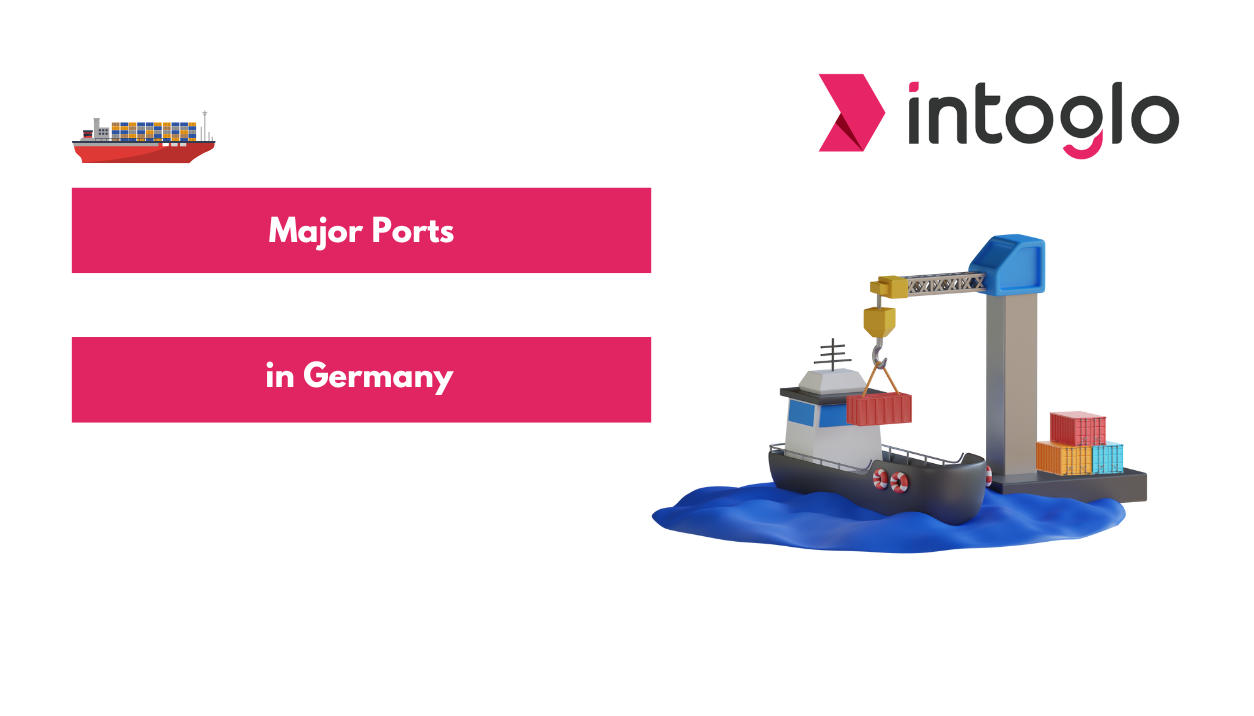
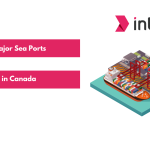


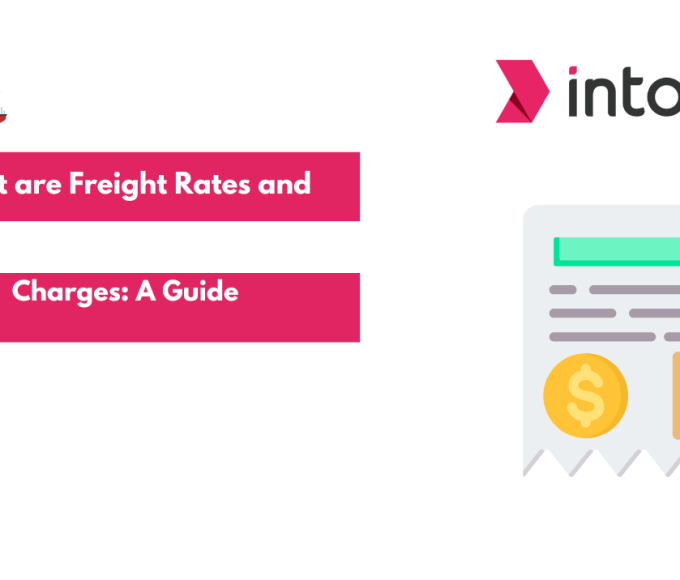
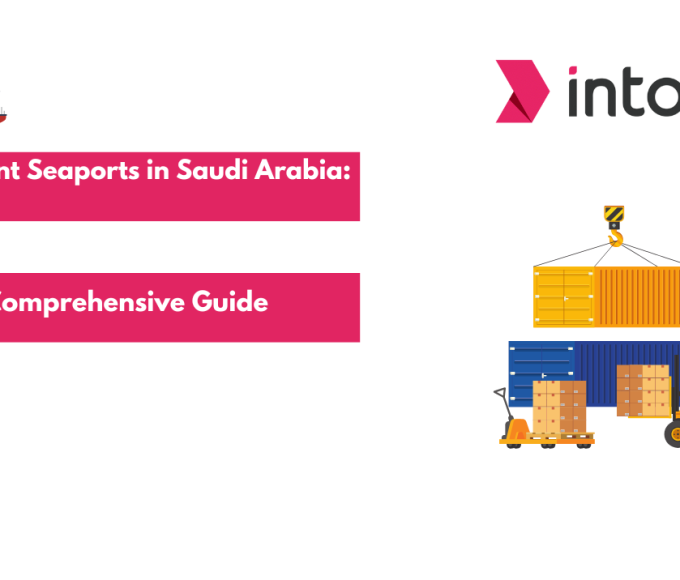
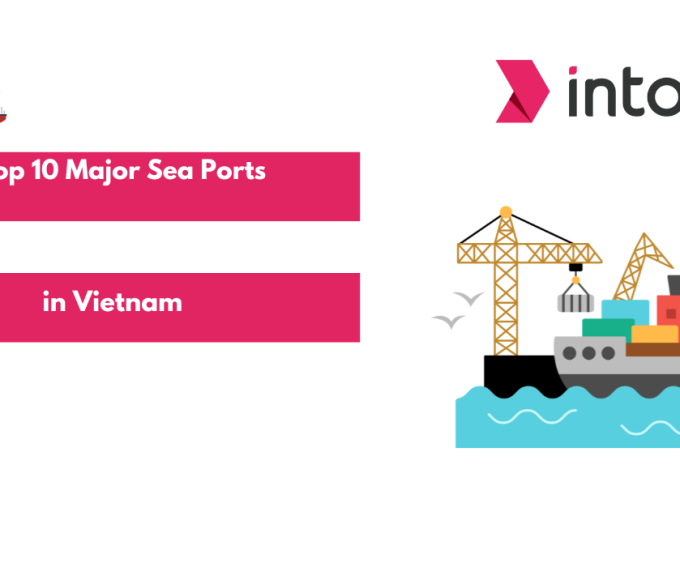
Leave a comment